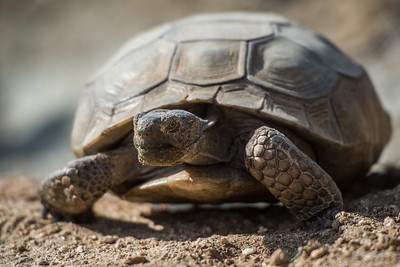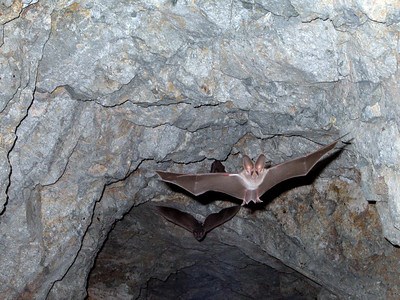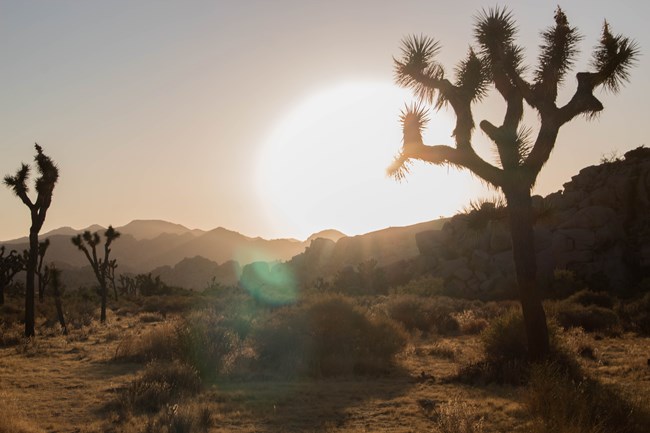Part of a series of articles titled Joshua Tree Virtual Junior Ranger Program.
Previous: Desert Tortoise Activity
Next: Junior Ranger Pledge
Article

Photo: NPS / Renata Harrison

Photo: NPS / Kristen Lalumiere

Photo: NPS / Kelsey Graczyk
1. On a separate sheet of paper draw a plant that grows near you.
2. What adaptations does your plant have?
3. Draw some extra adaptations that could help it survive in the desert.
Part of a series of articles titled Joshua Tree Virtual Junior Ranger Program.
Previous: Desert Tortoise Activity
Next: Junior Ranger Pledge
Last updated: August 1, 2020